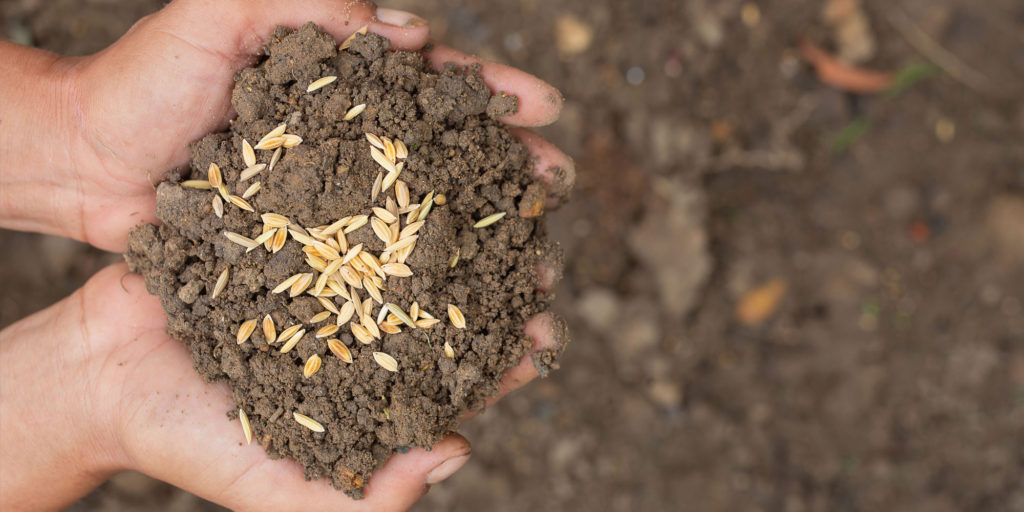Fishmeal is a nutrient product feed produced at commercial level from the various fish species and left over waste from fish processing industries. Fishmeal fertilizer is prepared from dried fish waste where the rancid oil is removed and preservatives are added. It is also known as organic fertilizers. It is of great importance in the fertilizer industry that is shifting towards synthesizing the organic fertilizers. Farmers are demanding organic fertilizers from fishmeal exporters because they have long term and slow release of nutrients.
Fishmeal fertilizers work differently than other organic fertilizers because of its slow nutrient releasing properties. Trends are shifting towards the use of organic fertilizers rather than inorganic ones. In this case, fish fertilizers are the best thing a farmer should select.
Fishmeal manufacturer prepare it in the following forms:
- Fish Meal: created from dried fish waste, rancid oil is removed and preservatives are added.
- Fish Emulsion: it is a half decomposed mixture of finely grounded fish product which is then dried and processed to remove bad odor.
- Fish Hydrolysate: prepared from fish waste, which is diced, digested by enzymes then acidified with sulphuric acid.
- White fishmeal (a product containing not more than 6 percent oil and not more than 4 percent salt, get from white fish or white fish waste as filleting leftover).
- Fertilizer industries produce a minimum of three grades of feeds: starter, grower, and finisher
Fishmeal suppliers carry fishmeal fish bone meal and fish by products mixed with other ingredients. The fishmeal manufacturers collect fish by products from fish processing industries at cheap prices. Then processed it and converted it into fertilizer and sale at high prices. So this is a profitable business.
History
Long ago, when no one knew about soil nutrient requirements, Native Americans were using fish fertilizers to enrich soil profile. While planting seeds, indigenous people would place a fish along with the seed. They mounded fresh dirt on the buried fish and planted a corn seed. As the seed germinates, the plant grows and mature, the nutrients from buried fish are gradually available to it.
Then came a time when trends changed. People started using inorganic fertilizers to take immediate nutrients for fast growth. About twenty years ago, farmers started demanding organic fertilizers again. Nowadays there is high demand for fishmeal both in the aquaculture industry and fertilizer industry.
Benefits of fish fertilizers
- When fish fertilizers are applied to soil, it is decomposed by microorganisms in the form that plants can uptake. This is a very slow process means that your one time investment gives long term benefits to both the soil and the plants.
- The degradation process by microorganisms breaks down the soil particles. This process not only improves the soil texture and structure but also increases porosity, water and nutrient holding capacity.
- Fish fertilizers offer burn free nitrogen and other primary nutrients like phosphorus, magnesium along with some secondary nutrients like calcium. When a balanced amount of primary and secondary nutrients are supplied to plants, plants show optimal fast growth, have more immunity to fight diseases etc.
- A high quality fish fertilizer contains nitrogen, potassium and phosphorus in the ratio of 10:2:2. Presence of micronutrients, amino acids, fatty acids vitamins especially b-complex are the characteristics of fish fertilizer.
- Biologically active and fertile soil is what all plants demand.it is a year round fertilizer.it improves plant leaf growth and develops root structure efficiently.
- The plants grown from the soil that is a natural fertile soil are important for the animals and humans as well. Fishmeal is the best source of proteins as it contains 32%-45% proteins (if typically dried). Proteins are essential for proper plant growth and cell division.
- Fish fertilizers are equally important for all kinds of roses, house plants, vegetables and commercial crops. Plants need micronutrients in small and macronutrients in high quantities. Fish fertilizers contain micronutrients in low and macronutrients in high quantities. As a result fish fertilizers prove to be a best source of both primary and secondary nutrients for the plants.
- Major portion of the inorganic fertilizers supplied to the plants goes waste because it is either dressed up on the soil or sprayed on leaves. On the other hand fish fertilizer is incorporated into the soil and then an extra layer of soil is also placed over it. As a result the provided fertilizer does not waste.

